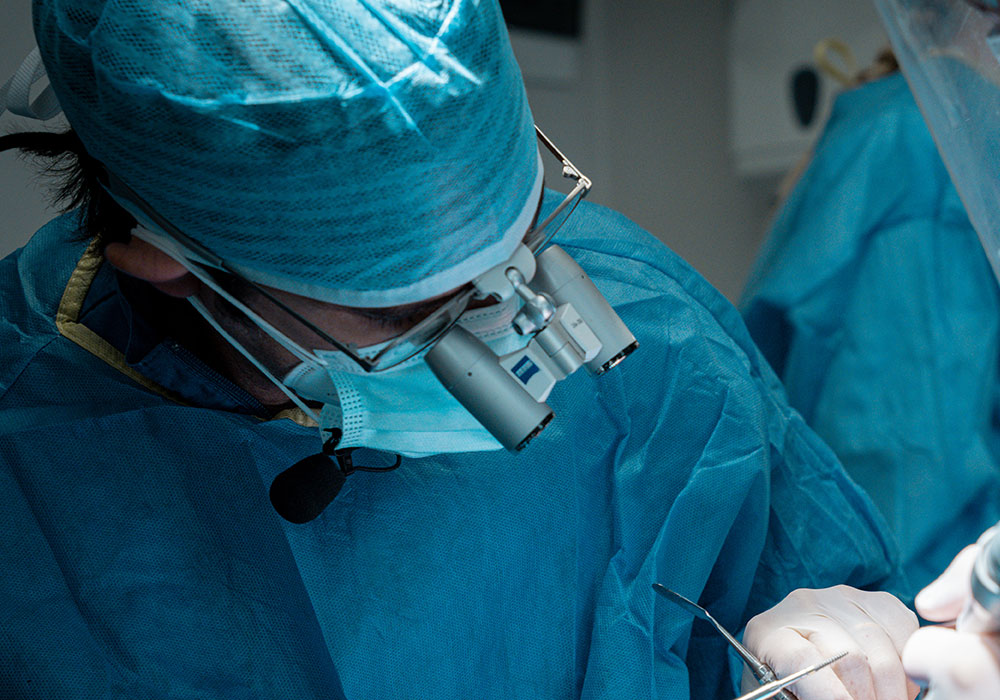In recent years, the field of dentistry in Modena has witnessed significant strides in the advancement of technologies and clinical practices. One of the most noteworthy developments is represented by pterygoid implants, a revolutionary solution that has transformed the landscape of oral rehabilitation.
Anatomy of Pterygoid Implants
To fully understand the role of pterygoid implants, it is essential to examine the anatomy of the pterygoid region. This area, located at the back of the mouth, is notoriously complex and requires surgical precision to ensure the success of the intervention.
They are inserted into the pterygoid process, a portion of the maxillary bone that demands a thorough knowledge of the surrounding bone structure. These implants provide a stable foundation for the fixation of dental prosthetics, enabling patients to regain effective masticatory function.
Function of Pterygoid Implants
The primary function of these implants is to restore chewing function and aesthetic appeal in patients who have experienced the loss of molars or premolars in the posterior region of the mouth. This procedure is particularly advantageous for those who, for various reasons, are not ideal candidates for traditional implants.
Pterygoid implants offer superior stability compared to other options for oral rehabilitation in the posterior region, leveraging the bone density of the pterygoid area. This distinctive feature allows for optimal distribution of masticatory forces, minimizing stress on other teeth and ensuring long-term durability.
Pterygoid Implant Procedure in Modena
The procedure for inserting pterygoid implants is a meticulous process that requires expertise and experience. Before the intervention, the patient undergoes a comprehensive evaluation to determine the feasibility of the procedure. X-rays and modern imaging techniques allow surgeons to precisely plan the implant positions, maximizing the success of the intervention.
During the procedure, the dental surgeon makes a minimal incision to access the pterygoid area. The implants are then carefully positioned, and once inserted, the healing process begins. The healing phase is crucial to ensure that the implants integrate firmly with the surrounding bone, providing a solid foundation for future prosthetics.
Benefits and Post-Operative Considerations
Pterygoid implants present several advantages. Their ability to address the anatomical challenges of the posterior mouth region makes them a valuable choice for patients who might not otherwise benefit from traditional implants. Furthermore, the stability provided by pterygoid implants enhances patients’ quality of life, allowing them to enjoy food without concerns and restoring confidence in their smiles.
It is crucial to emphasize that, despite the undeniable benefits of pterygoid implants, following post-operative instructions provided by the medical team is essential. Proper oral hygiene and regular check-ups are fundamental to ensuring the long-term durability of the implants and the overall health of the mouth.
Conclusions
In conclusion, pterygoid implants represent a significant breakthrough in modern dentistry in Modena. Their ability to address the anatomical challenges of the pterygoid region offers new opportunities for oral rehabilitation. The combination of surgical expertise, advanced technologies, and meticulous attention to detail has made pterygoid implants a robust option for those seeking to restore masticatory function and confidence in their smiles.
